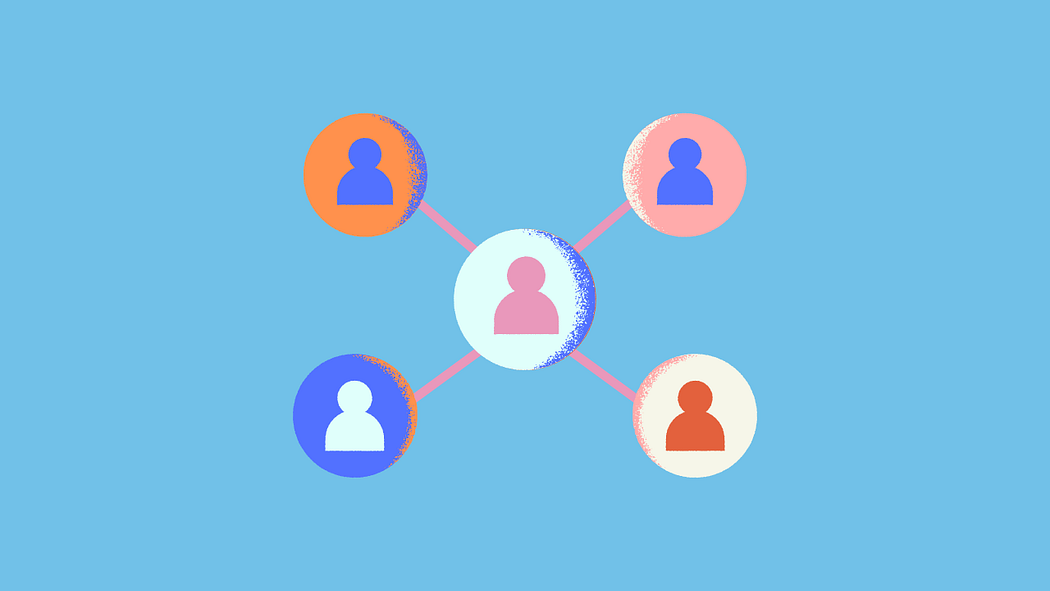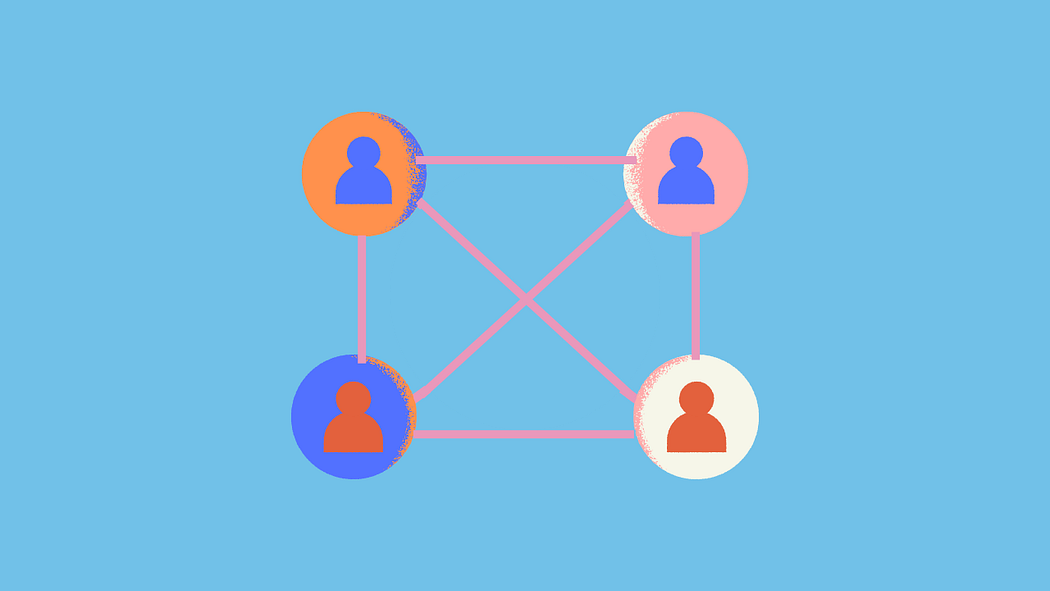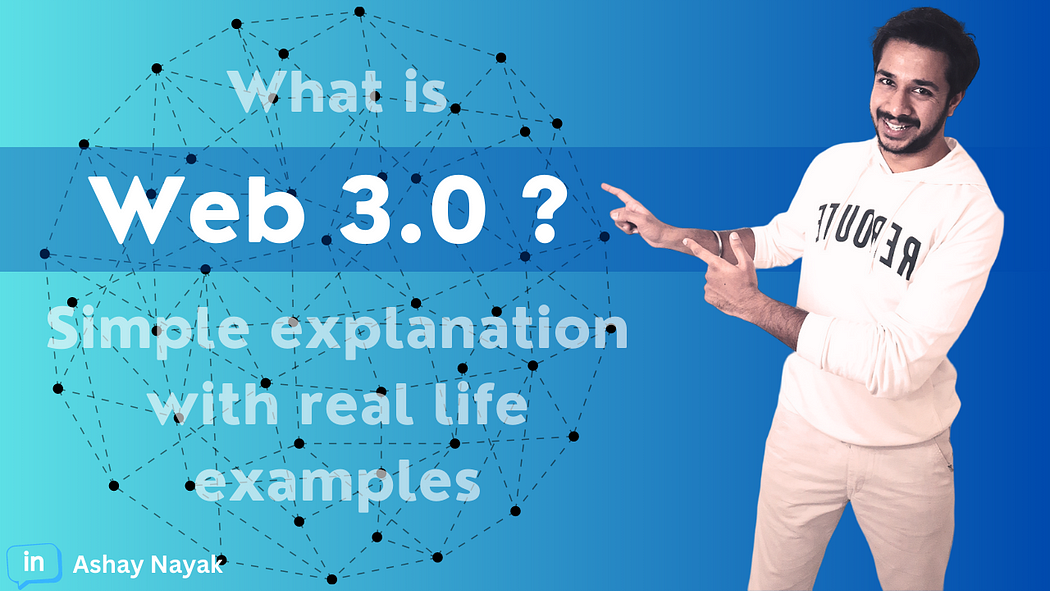Hi Reader!!!
Imagine!!! You are looking at funny memes when an ad pops up telling you about a great deal on NIKE Air Jordan shoes. It appears random at first, but then you recall telling a friend on Instagram how much you wanted this NIKE Air Jordan Shoe for your birthday. Odd, Right?
Going back to the early days of the world wide web, you could think of the Internet as more of a library for people to look up websites and read the information on them in text or image format. This was the Web 1.0 or “read-only” era, where only a few people could create hard-coded HTML static pages for users to view content, and to move from one page to the next page, users would click on the hyperlink (like this).
Moving on from the “read-only” web came the “read-write” web or Web 2.0, the internet we all know today. Things are much more complex now, with the most noticeable distinction being the interactive nature of Web 2.0. Users can interact with other web users at will through blog comments, posting images on Instagram, or creating video content on Youtube.
Going back to our NIKE Air Jordan shoe example, you will find that to participate in Web 2.0, users are typically required to create accounts and agree to the terms of service for websites like Amazon, Facebook, or Google. By doing this, these companies now have permission to collect users’ valuable personal information that can be used in a large number of ways to earn profits, such as selling it to third parties for targeted advertising. This privacy and data ownership issue is troubling today’s internet and is one of the main reasons for transitioning to WEB 3.0. So, what is Web 3.0 exactly?
Before we move on to the definition of Web 3.0, let me explain you couple of important technical terms.
1.) Centralised System: It contains a central/master server that handles all the major processing or tasks. There are other servers/devices connected to this master server that perform specific tasks but these servers/devices can’t work independently of this master server. Any request made to the server (let’s say web server) must go through the master server. If the master server fails then the entire system goes down. Due to the dependency on a single entity, ownership of your personal data lies with the party who owns that master server as well. Privacy is a concern here. Also, it doesn’t allow to access service offerings without the administrator’s or third party’s permission. Here, the owner of the master server is the third party. For example, consider a bank ABC. ABC owns a master server and every money transaction that happens between two people must go through that master server. As the bank owns that master server, it approves the transaction and then only your transaction gets successful. Here the bank is called a third party, and this transaction can’t be performed without a bank or third party. Similarly, the request, made by the user, to access any resources is approved by some administrators like Google, Facebook, etc. In short, processing and ownership are concentrated in one place.

2.) Decentralised Systems or Peer-to-Peer Network: Here, multiple servers/devices act as the master server. Major processing or tasks are distributed among multiple servers/devices instead of one server. Each server/device can work independently and with no more dependency on a central server, ownership of personal data lies with you only. It gives you the privacy of data. Also, it allows to access service offerings without the administrator’s or third party’s permission. For example, cryptocurrency. Here, you buy a token (money) from another person and that transaction is not approved by any third party like a bank. To validate the transaction, it should be approved by more than 50% of nodes (servers/devices) of that network. In short, the processing is not concentrated in single party’s hand and only the user has full ownership of personal data.

Web 3.0 is the next version of the world wide web, characterised by a move from centralised web services to a decentralised web of data that can be accessed on-demand by users, and where users are in full control of their data. On-demand means when users make a request, they receives access to services without third-party approval. Web 3.0 plans to use blockchain technology and other technologies like artificial intelligence (AI will improve human-machine interaction) to create a “read-write-own” web. Here, there won’t be a need for centralised servers. Instead, websites will run on peer-to-peer networks distributed across several computers worldwide.
An example is the Brave Browser which is based on a decentralised system. Instead of target advertising, Brave is implementing a Basic Attention Token (BAT, cryptocurrency) that will allow users to earn tokens (money) in exchange for viewing ads. Brave Ads is an opt-in advertising platform that rewards you to view ads without compromising your privacy (unlike Google which shows you personalised ads based on the data shared by you to use their services).
Blockchain technology enables users to access various applications on the internet that are not controlled by a centralised entity, thanks to trustless and permissionless models.
Just FYI,
In the Trustless model, the network itself allows participants to interact publicly or privately without a trusted third party.
In the Permissionless model, anyone including users and suppliers can participate without authorisation from a governing body or a third party.


-150x150.png)
